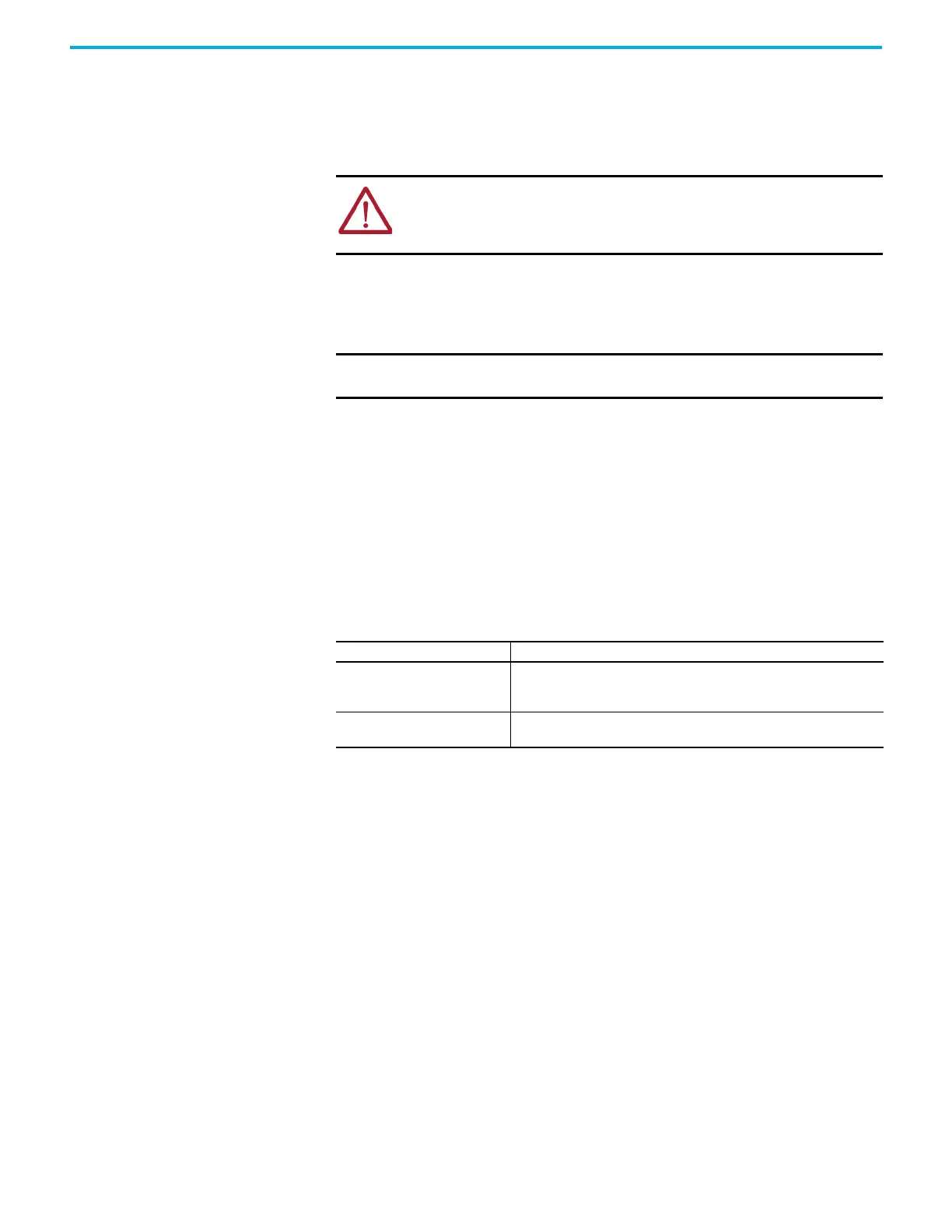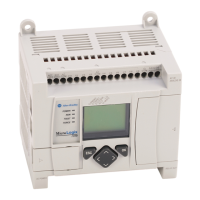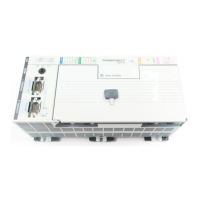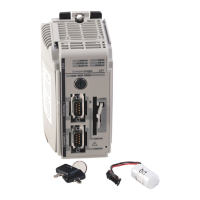290 Rockwell Automation Publication 1766-UM001O-EN-P - September 2021
Appendix G Connect to Networks via Ethernet Interface
Use a DHCP Server To
Configure Your Processor
A DHCP server automatically assigns IP addresses to client stations logging
onto a TCP/IP network. DHCP is based on BOOTP and maintains some
backward compatibility. The main difference is that BOOTP was designed for
manual configuration, while DHCP allows for dynamic allocation of network
addresses and configurations to newly attached devices.
Subnet Masks and Gateways Configure subnet masks and gateways using the Ethernet channel 1
configuration screen.
If your network is divided into subnetworks that use gateways or routers, you
must indicate the following information when configuring channel 1:
•subnet mask
• gateway address
A subnet mask is a filter that a node applies to IP addresses to determine if an
address is on the local subnet or on another subnet. If an address is located on
another subnetwork, messages are routed through a local gateway to be
transferred to the destination subnetwork.
If your network is not divided into subnets, then leave the subnet mask field at
the default.
ATTENTION: The processor must be assigned a fixed network address. The IP
address of the processor must not be dynamically provided. Failure to observe
this precaution may result in unintended machine motion or loss of process
control.
IMPORTANT If BOOTP is enabled, you can’t change any of the advanced Ethernet
communications characteristics.
If you are Then
manually configuring channel 1 and
have a network with subnets
• be sure the BOOTP enable field is disabled
• use your programming software to enter the subnet mask and gateway
address.
using BOOTP to configure channel 1
and have a network with subnets
• be sure BOOTP is enabled
• include the subnet mask(s) and gateway address(es)

